Completing the task
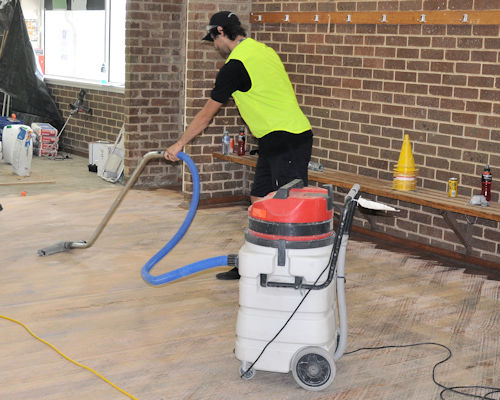 Audio for slide 1 (mp3 |6|KB)
Audio for slide 1 (mp3 |6|KB)
Once you've removed the old floor covering, underlay, adhesives and any other materials relating to its original installation, you should inspect the subfloor to check that you haven't missed anything.
Look out for random staples, adhesive residue or other items fixed to the subfloor surface.
Then you can do a final vacuum of the subfloor surface.

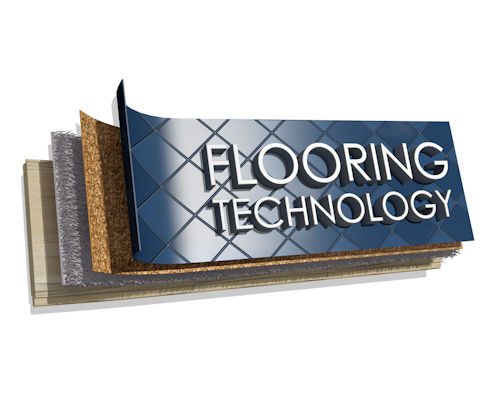 Audio for slide 2 (mp3 |6|KB)
Audio for slide 2 (mp3 |6|KB)
For the purposes of this learning unit, we won't go into the subfloor preparations required to repair damaged areas or restore the surface to a suitable condition for the new floor covering.
These topics are dealt with in detail in other modules from the Flooring Technology resource, including:
- Subfloor coating and toppings
- Concrete grinding
- Inspecting and testing subfloors
- each of the floor covering installation modules.

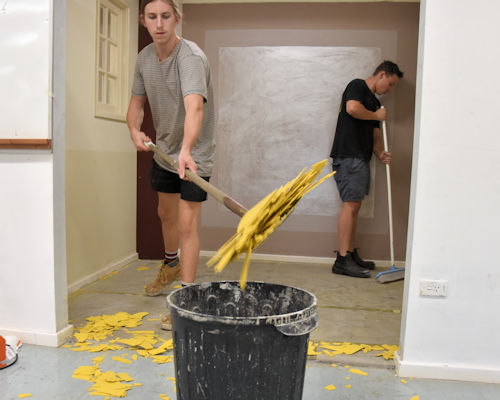 Audio for slide 3 (mp3 |6|KB)
Audio for slide 3 (mp3 |6|KB)
Disposing of used materials
Various companies offer recycling services for different types of used floor coverings.
These include the floor covering manufacturers themselves, who sometimes re-process old products for use in the raw materials that go into their new products.
Other manufacturers also use recycled floor covering products in upholstered furniture, automotive seats and other products that require vinyl, carpet or cushion material.

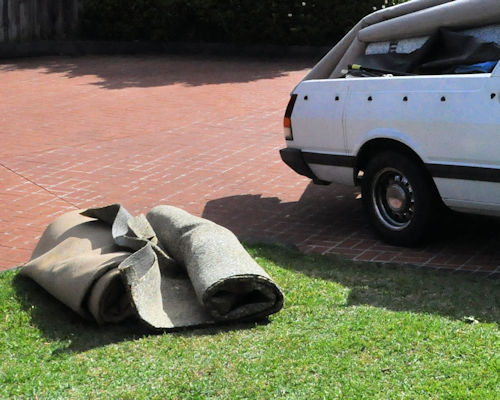 Audio for slide 4 (mp3 |6|KB)
Audio for slide 4 (mp3 |6|KB)
You should fold or roll up the old sheet materials so they're in manageable bundles, especially if they will be loaded and unloaded by hand when you take them away from the site.
Even if you're disposing of used materials in a skip bin on-site, it's still best to keep them in compact bundles so that they don't take up too much space inside the bin.

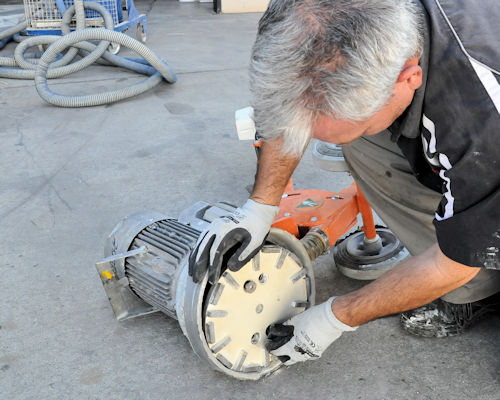 Audio for slide 5 (mp3 |6|KB)
Audio for slide 5 (mp3 |6|KB)
Cleaning up the worksite
When you've finished the job, pack up all tools and check that they're in good order as you put them away.
If any of the tools are malfunctioning or need parts replaced, fix the issue straight away or tell your supervisor about the problem.
Although it takes time to keep your tools and equipment well maintained, everyone in your team will be thankful when you get to the next jobsite and the tools are ready to go and working properly.
This particularly applies to problems that might make the tool or machine dangerous to use.

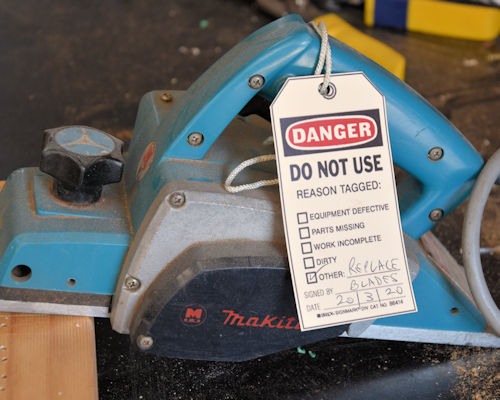 Audio for slide 6 (mp3 |6|KB)
Audio for slide 6 (mp3 |6|KB)
Always tag out machines that are malfunctioning, or ask your supervisor what to do about the problem.
A tag can be as simple as a piece of cardboard taped to the machine that says 'For repair' or 'Do not use'.
This will remind your boss to get the problem fixed before anyone uses it again.
Before you leave the site, do one last check to make sure the floor is clean, all rubbish has been picked up and disposed of, and all tools are packed away.


Learning activity
Audio 7 (mp3 |6|KB)Although there are recycling services available for most types of old floor coverings, their availability varies greatly throughout Australia, and in some regions they are few and far between.
Choose one type of floor covering that your company regularly removes and find out whether there is a recycling facility that will take it in your area. Then answer the following questions:
- What is the name of the facility, and who runs it (that is, is it operated by a floor covering manufacturer, private company, local council, etc.)?
- Does the company you work for already use this facility? If not, why not (is it too far away, too inconvenient, too expensive, etc.)?





